Friday marked the end of what can be considered a satisfying transfer window for Liverpool. David Lynch explains how it all came together at Anfield.
While supporters’ patience may have been tested at times, the Reds once again proved themselves to be one of the most efficient and savvy operators in the European market.
Crucially, they also ended up with a squad far stronger than the one which ended last season – and all by bringing in players few had even considered as targets just months earlier.
Plans change due to pandemic
At the turn of the year, it was widely assumed that the club’s bid to build on a first league title in 30 years would begin with the signing of highly-rated striker Timo Werner.
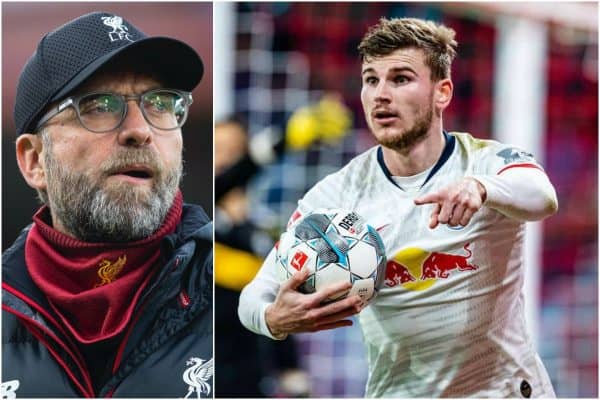
The German had been extensively scouted by Liverpool staff, was available for just €50m, and had recently gone public with his desire to move to Anfield.
Unfortunately, neither party could not have predicted that football – and indeed life itself – was about to be upended by Covid-19.
By early March, the rapid spread of the virus and football’s impending suspension had forced Liverpool to reconsider their position.
They could no longer commit to meeting Werner’s release clause in a one-off payment as RB Leipzig demanded, or meet the player’s wage demands, which had increased following a campaign that saw him score 28 times in 34 league appearances.
Instead, owners Fenway Sports Group had resolved to show caution in a period of uncertainty, buying time in which to improve their forecasting of the financial impact of coronavirus. Consequently, interest in Werner was ended there and then.
The £12m sale of Dejan Lovren to Zenit St Petersburg did at least allow for the wiggle room that led to the first move of the window – with Kostas Tsimikas coming in from Olympiacos.
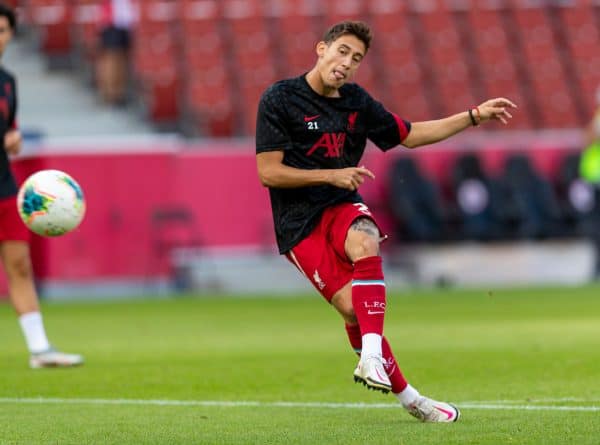
The Greek’s arrival owed much to Jurgen Klopp’s belief that, with opponents looking for new ways to stifle his team this term, compromising at full-back would no longer be an option.
In the past, the Reds boss has preferred to ask a multifunctional player to do a job as a stand-in on the flanks of his defence, as James Milner and Joe Gomez can attest.
But, in bringing in Tsimikas and promoting Neco Williams from the academy, the manager aimed to avoid the stylistic trade-off that has hurt his team when one of his first-choice full-back duo has been absent in recent seasons.
After adding a new left-back, Liverpool’s transfer activity ground to a halt for some time, with the notable lull prompting significant social media disquiet and difficult questions regarding ambition.
According to club sources, this pause was no coincidence, with the delicate cashflow situation resulting from Covid and uncertainty around departures making a slow-and-steady approach a necessity.
An opportunity arises
However, once football operations were able to offer assurances over sales later in the window – most notably that of Ki-Jana Hoever and Rhian Brewster – the remainder of business could be concluded.
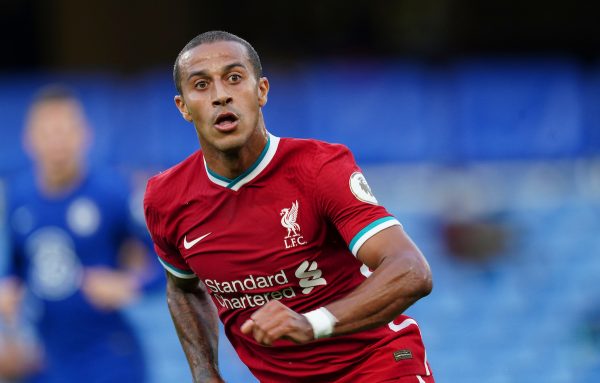
First up came the arrival of Thiago Alcantara, a player whose signing not only represented the realisation of a long-term ambition for Klopp, but whose availability had forced a rethink on the composition of the squad itself.
Liverpool had long been considering their options in defence ahead of the anticipated departure of Lovren, with Brighton’s Ben White – then on loan at Leeds – among the players watched closely.
But conversations between Klopp and Fabinho over the possibility of the latter filling in at centre-half date back to AS Roma showing interest in Lovren in the summer of 2019.
And so, when the possibility of adding a midfield gamechanger in Thiago emerged, the foundations for a creative solution that offered playing time to all parties had already been laid.
It is for that reason that Liverpool were able to strengthen their engine room without needing to sell Georginio Wijnaldum, who is instead expected to depart on a free transfer next summer.
Klopp also did not need to wrestle with the issue of keeping a fourth-choice centre-back fit and happy, as had proven problematic for Lovren, with Fabinho a viable option in that position and both Billy Koumetio and Rhys Williams available as support.
Sepp van den Berg might have hoped to take on one of the latter roles in his second season at Anfield, but wasn’t considered ready by coaching staff as he continues to adapt to English football.
With the signing of Thiago finally sealed, Liverpool moved quickly to add Diogo Jota to their ranks just 24 hours later.
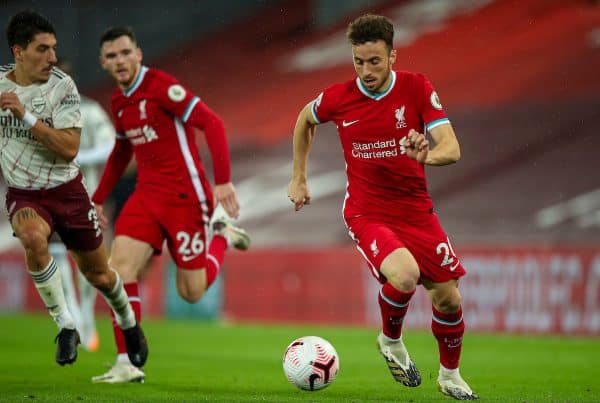
While the 23-year-old was considered by some observers to be an inferior alternative to Werner, Klopp has long been an admirer of a player he believes could even prove to be a better long-term fit at Anfield.
Unlike Werner, Jota expressed no preference in terms of his position and showed a clear willingness to fight for his place during talks.
It also proved helpful that Wolves were willing to accept just 10% of the £41m guaranteed fee they are owed – a figure largely offset by Hoever’s move in the opposite direction – over the course of the next 12 months.
Not all to plan
Of course, the Covid-market has made a degree of compromise necessary this summer.

The sales of Xherdan Shaqiri, Marko Grujic and Harry Wilson were expected to generate significant cash, with Liverpool instead forced to settle for simply loaning out the latter pair.
Shaqiri’s failure to secure a move away also meant that Blackburn’s late swoop for Harvey Elliott could not be dismissed out of hand, despite Klopp’s initial preference for keeping the talented teenager at Melwood.
Elliott’s need for regular minutes and Tony Mowbray’s track record for developing talents such as James Maddison and Ryan Kent played a part in a season-long loan ultimately being agreed.
The champions can at least console themselves with favourable wage arrangements and significant loan fees for both Grujic and Wilson, while lucrative sales of both that pair and Shaqiri remain a possibility in January and beyond.
Elliott, meanwhile, will pick up valuable experience in the absence of League Cup opportunities at Anfield and at a club conveniently situated close to Merseyside.
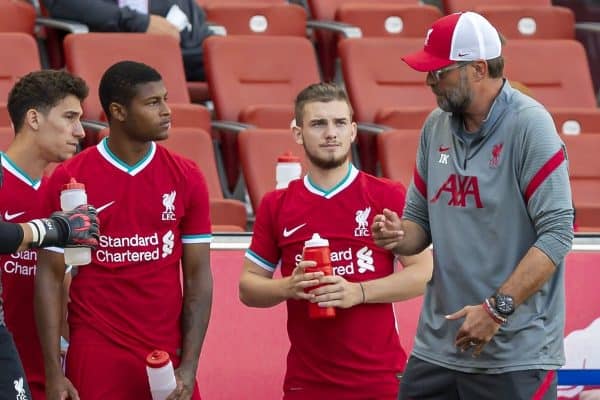
Ultimately, though, the success of this transfer window won’t be judged on outgoings, but rather what effect the incomings have on another push for trophies.
And, while that hefty defeat to Aston Villa has made reflecting positively on this summer’s work somewhat trickier of late, Liverpool look well positioned to deliver thanks to yet another round of impressive business.

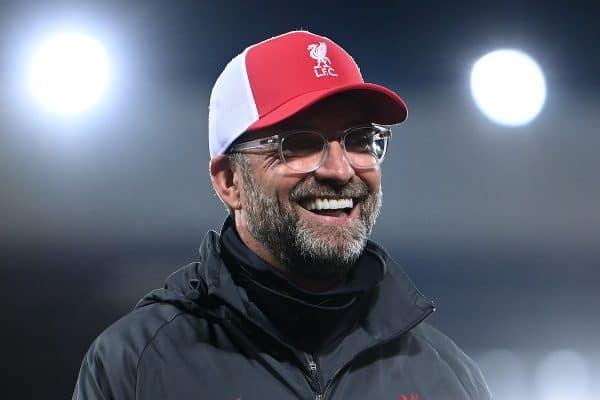


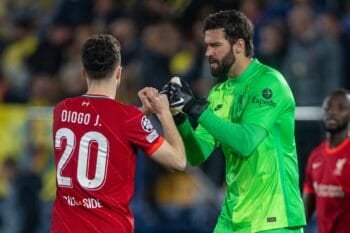
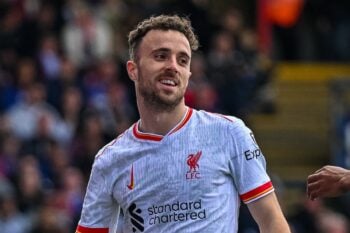
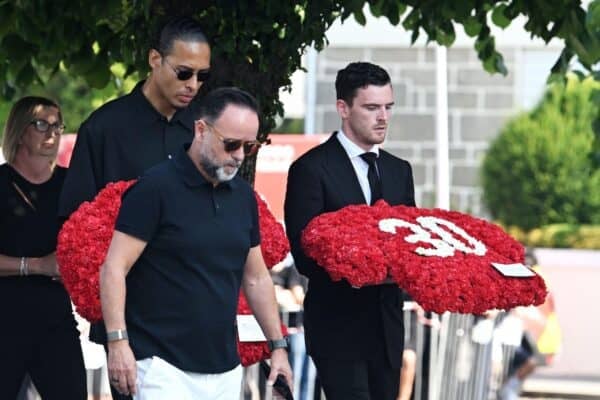
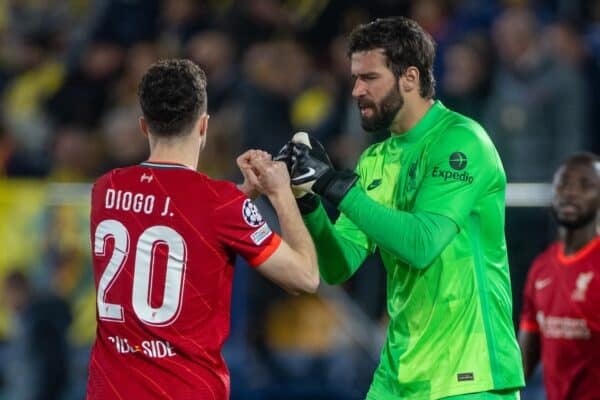
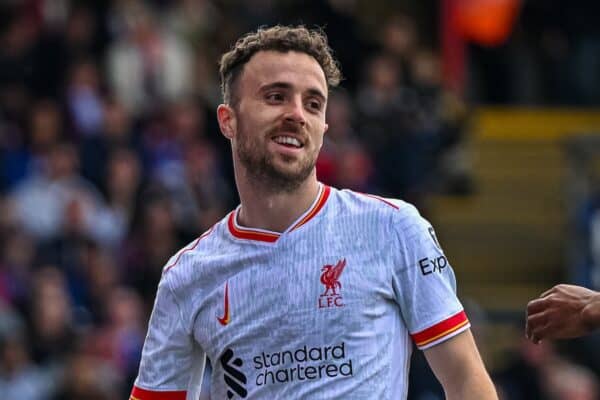
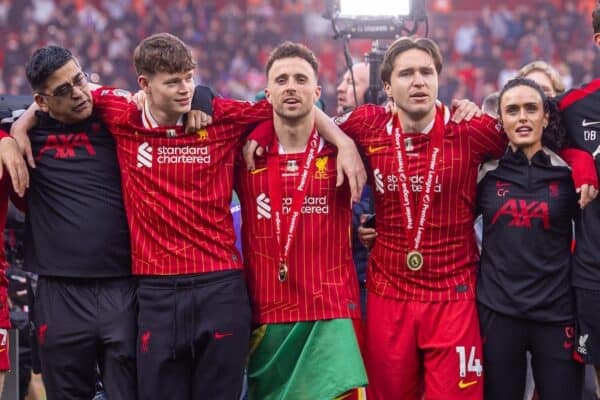

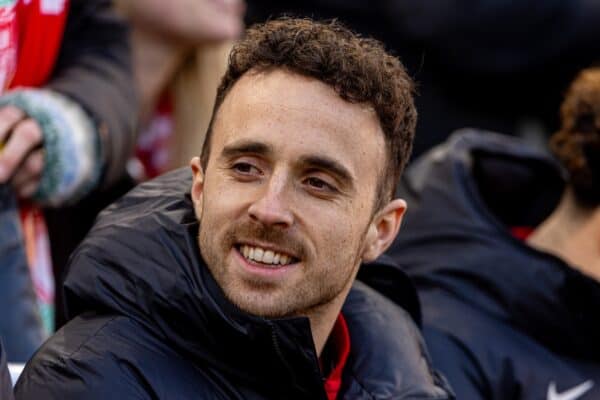
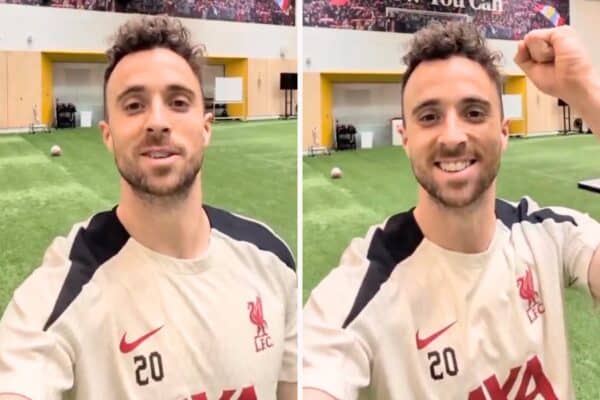
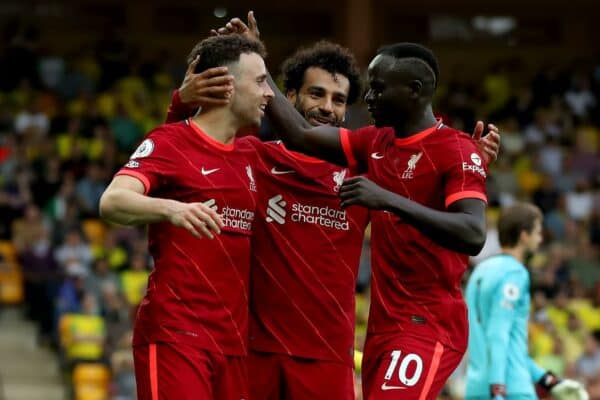



Fan Comments